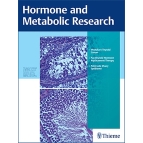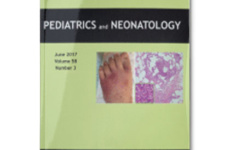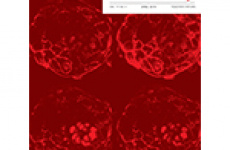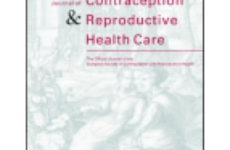 Seventy-five glorious years have passed since estradiol was discovered by Edward Doisy. From discovery in the ovaries to delineation of diverse physiological effects, research on estrogens has covered a lot of ground. Estrogen receptors that mediate estrogenic effects, have been detected not only in reproductive organs, but also in other body organs.
Seventy-five glorious years have passed since estradiol was discovered by Edward Doisy. From discovery in the ovaries to delineation of diverse physiological effects, research on estrogens has covered a lot of ground. Estrogen receptors that mediate estrogenic effects, have been detected not only in reproductive organs, but also in other body organs.
Estrogen receptors function either as conventional transcription factors or as rapid signal transducers. These different modes of action are opted by estrogens to elicit an array of reproductive and non-reproductive functions. It is well established that estrogens promote cell proliferation in various tissues and hence are also linked to carcinogenesis. Anti-estrogens are being used as adjunct therapies for cancers since several years.
On the other hand, estrogen-based strategies are used to alleviate adverse effects of menopause. Apart from estrogens synthesized in various organs, exposure to environmental estrogens can also impact physiology. Thus, too much or too less of estrogens can tip the balance and lead to unfavorable consequences. Multiple estrogen receptors with their tissue- or cell type-specific expression eliciting dose-dependent effects make it perplexing to ‘unify’ estrogenic actions in diverse tissues/organs.
This warrants more research on estrogen-mediated effects and their regulation in somatic and reproductive tissues. This review presents physiological and pathological aspects of estrogens thus highlighting the good, bad, and ugly facets of estrogens.
Anita Kumar, Antara Banerjee, Dipty Singh, Gargi Thakur, Nandini Kasarpalkar, Shubhangi Gavali, Sushama Gadkar, Taruna Madan, Smita D. Mahale, N. H. Balasinor, Geetanjali Sachdeva
Horm Metab Res 2018; 50 (05): 359-374
DOI: 10.1055/s-0044-100920















